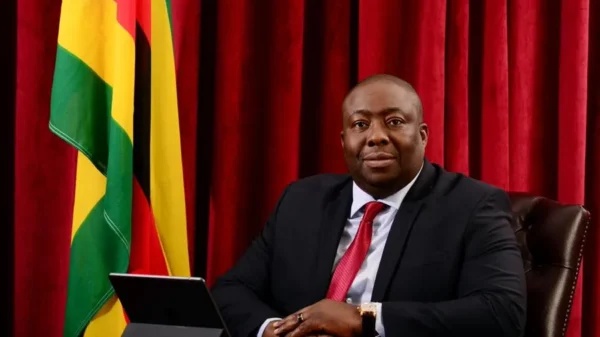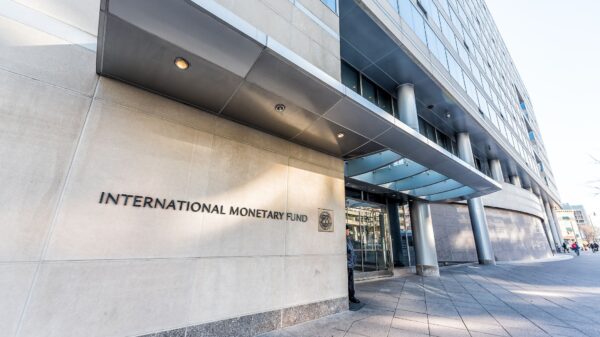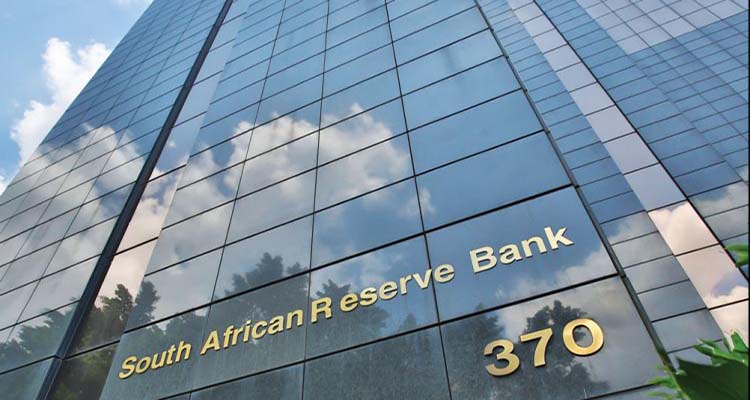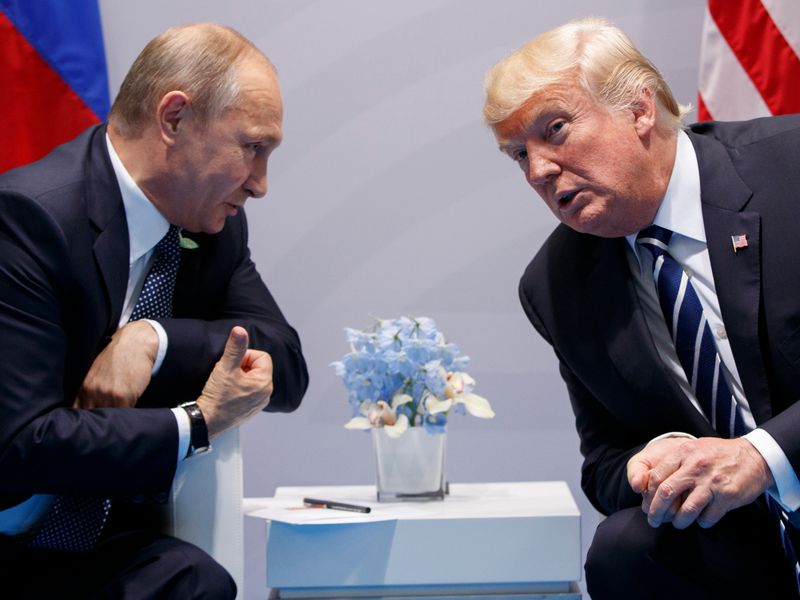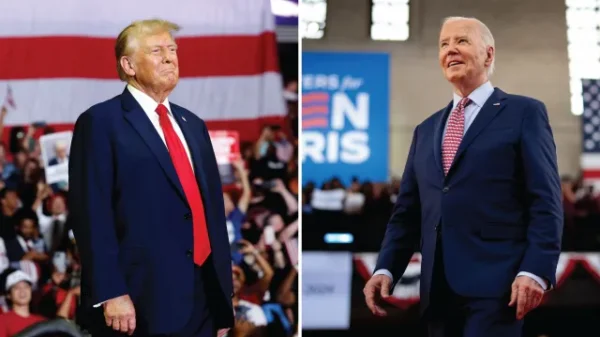Over the next three weeks, most African central banks evaluating interest rate decisions are expected to lower them. Many are cautious, recognizing that opportunities for further easing may diminish once Donald Trump assumes the U.S. presidency.
Out of 14 monetary authorities scheduled to announce their decisions, eight — including South Africa and Kenya — are likely to cut rates. Five are anticipated to maintain the status quo, while one, Nigeria, is expected to raise rates.
Although domestic factors will influence these decisions, Trump’s November 5 election victory will likely weigh heavily on their considerations. His win has already unsettled emerging markets, as investors anticipate that his policies might strengthen the U.S. dollar and drive up interest rates in the U.S.
“Trump’s proposed policies, such as increased tariffs and a larger U.S. budget deficit, are expected to spur inflation. This could limit the ability of African central banks to lower rates in 2025,” said Angelika Goliger, EY Africa’s Chief Economist.
A stronger dollar would pose challenges for African nations by raising the cost of imports and dollar-denominated debt. Meanwhile, higher U.S. interest rates could attract capital away from emerging markets, potentially pressuring African monetary authorities to hike rates to stabilize their currencies.
“Emerging market currencies have already depreciated by up to 5% since Trump’s election earlier this month, increasing inflationary pressures,” noted Yvonne Mhango, Africa economist at Bloomberg Economics. “This is likely to make African central banks that were easing, more cautious in the future.”
Countries like Angola, the Democratic Republic of Congo, Egypt, and Ghana are expected to hold rates steady due to double-digit inflation concerns and risks associated with a stronger dollar. Botswana, with one of Africa’s lowest inflation rates at 1.6%, is also projected to maintain its rates. Economic recovery from a slump in diamond prices — its main export — combined with dollar strength, may push inflation higher.
In Nigeria, where inflation is accelerating due to rising gasoline prices, currency devaluation, and recent floods, policymakers are anticipated to hike rates on November 26. The central bank has already increased rates to 27.25% from 11.5% over two years and has signaled further hikes until inflation is under control.
In South Africa, inflation data for October is expected to show a slowdown, potentially reaching the lower end of the central bank’s 3%-6% target range. Consequently, the monetary policy committee is forecast to cut its benchmark rate by 25 basis points to 7.75% on November 21. However, the rand’s recent 2% depreciation since Trump’s victory, ranking it among the weakest-performing African currencies, may cause concern.
Similarly, central banks in Eswatini, Lesotho, and Namibia — whose currencies are pegged to the rand and experiencing declining inflation — are likely to cut rates by 0.25%. Meanwhile, Kenya, Gambia, Rwanda, and Mozambique, where inflation is low or slowing, are also expected to reduce borrowing costs.
For comments, Feedback and Opinions do get in touch with our editor on WhatsApp: +44 7949 297606.

For comments, Feedback and Opinions do get in touch with our editor on WhatsApp: +44 7949 297606.















